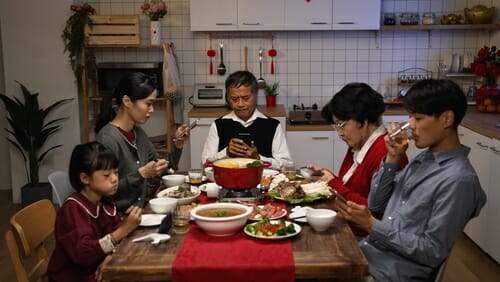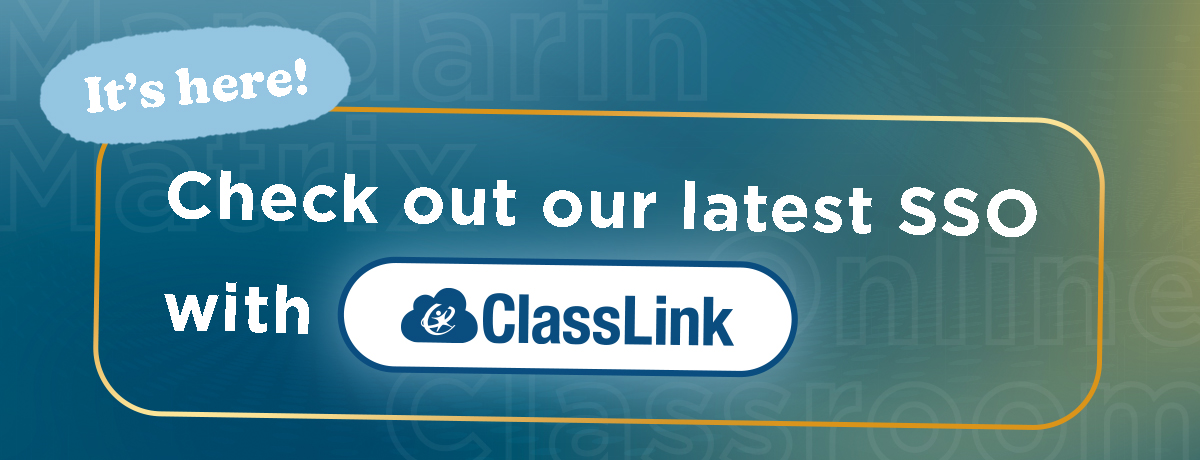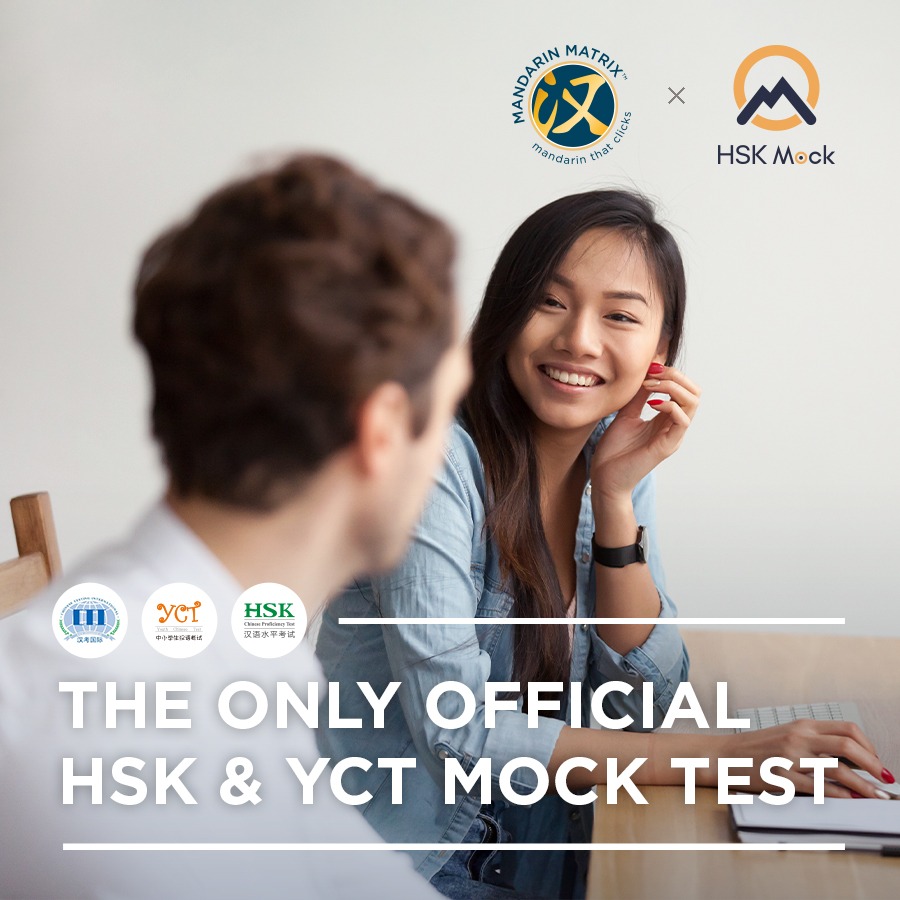
The Official HSK & YCT Mock Tests
Unlock your Mandarin potential confidently with the Official HSK & YCT Mock Tests from Mandarin Matrix! Our exclusive partnership with HSK Mock guarantees authentic test experiences, ensuring you are thoroughly prepared for your exams. Benefit from real past papers, instant results, and dual certification upon passing.











